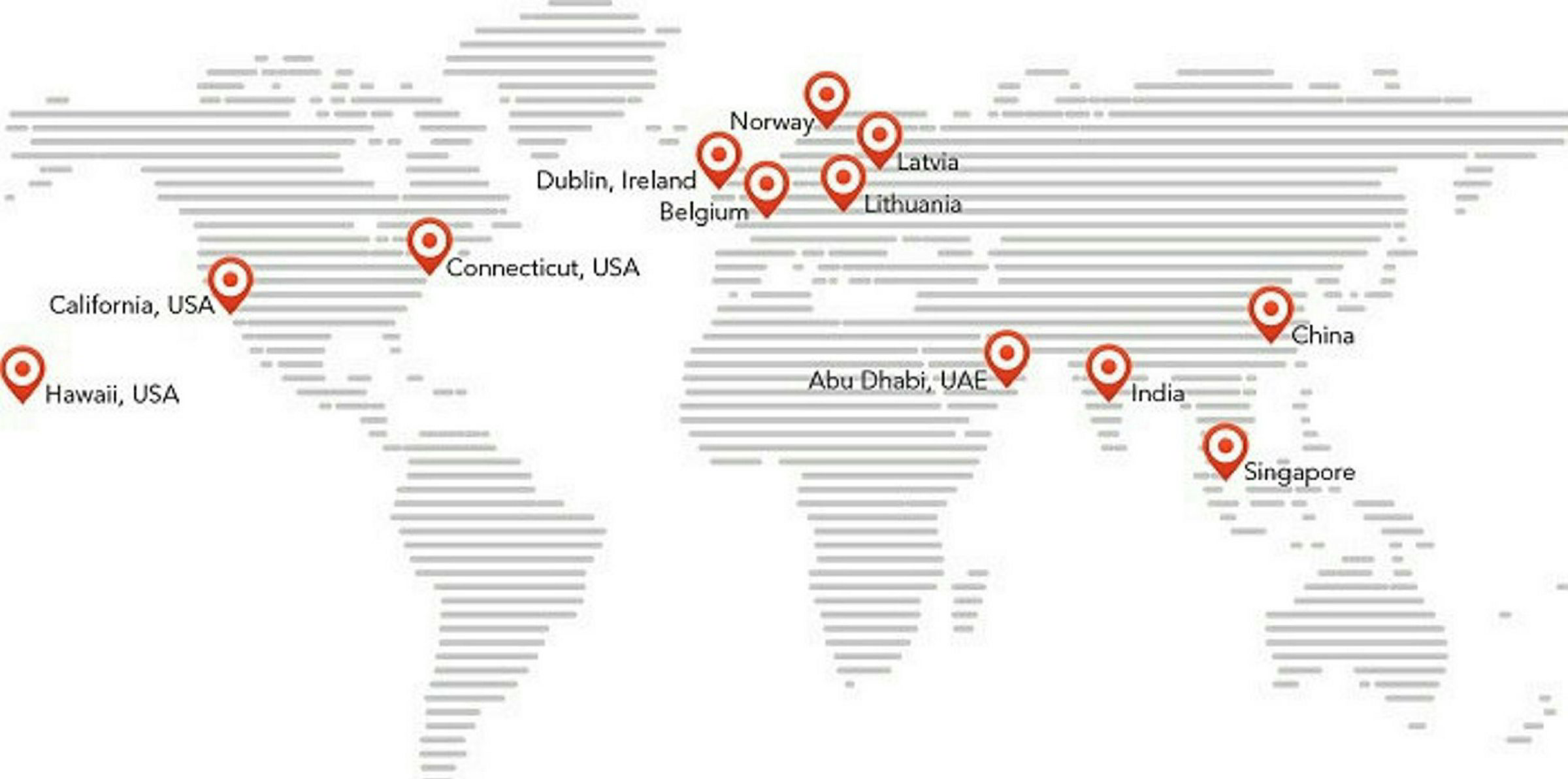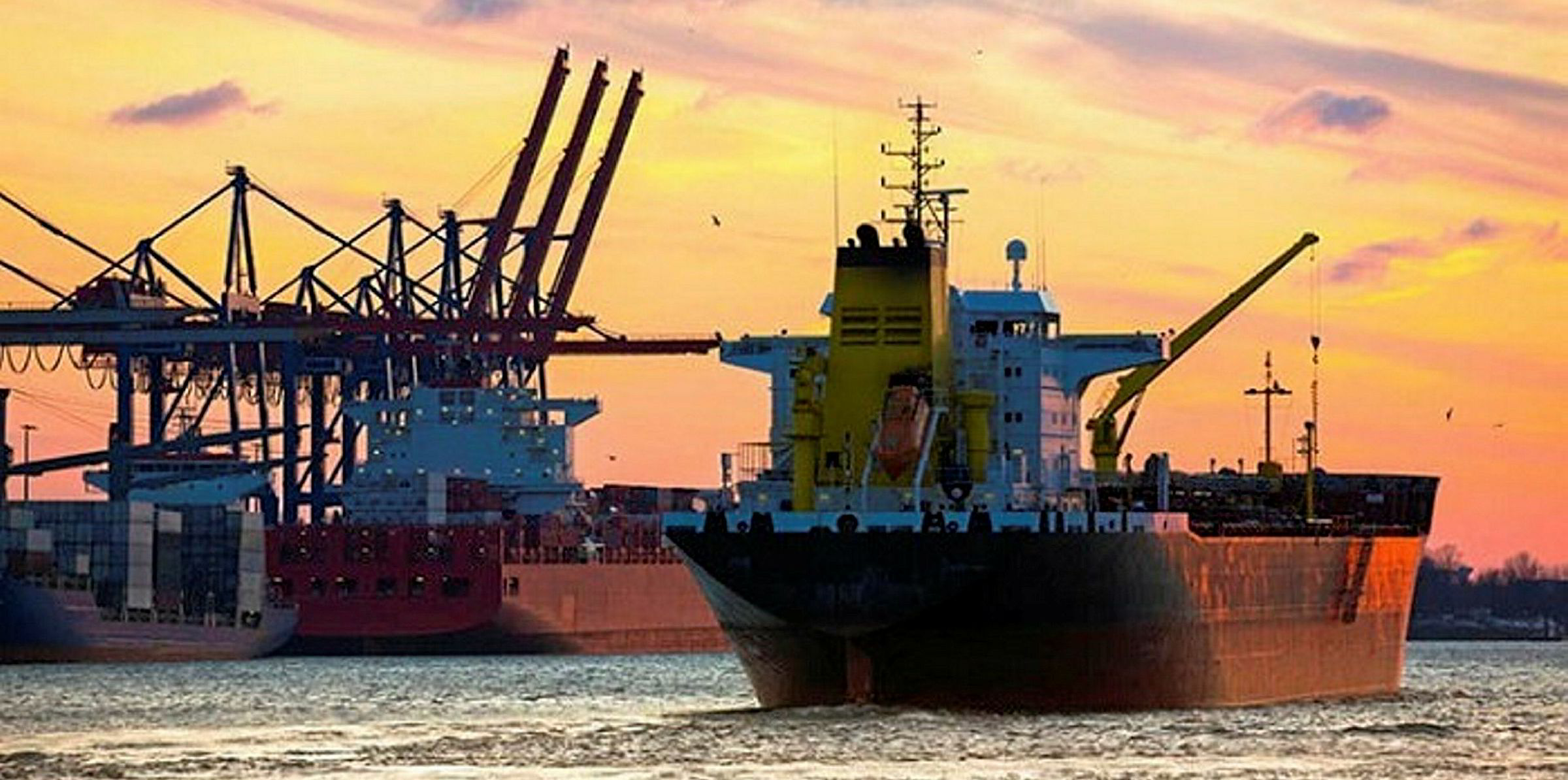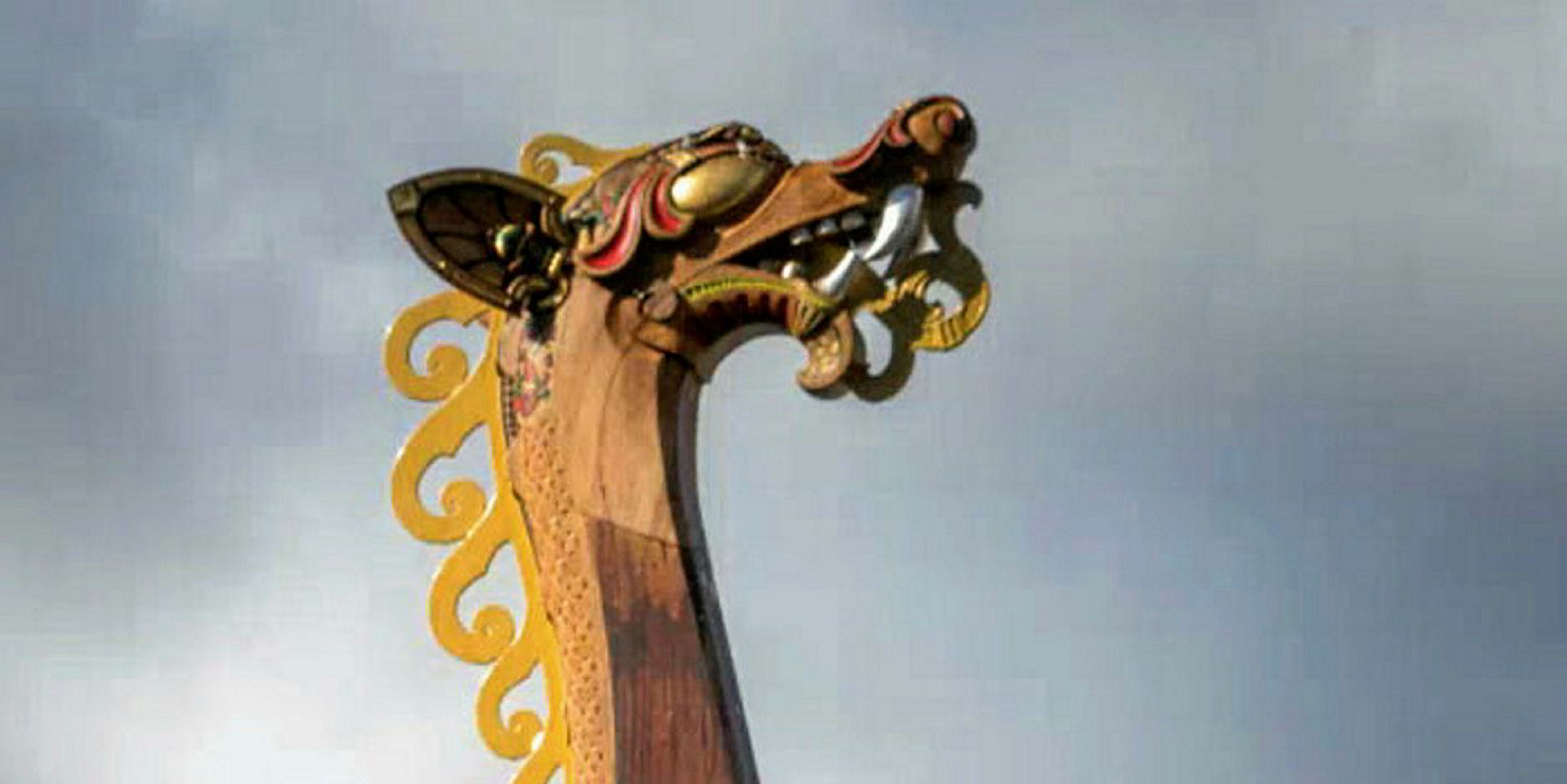Singapore and China are the highest-profile countries to ban the use of open-loop scrubbers, but the list of countries joining them is growing, according to Gard.
The Norwegian protection and indemnity club says that while the IMO has set out the criteria for discharging scrubber washwater into the sea, some coastal states and ports have implemented local regulations with more stringent requirements that restrict or completely prohibit its discharge or prohibit the use of scrubbers.
On Thursday it released a world map showing the extent of the restrictions against the use of the controversial technology.
In Asia, Gard says India seems to indicate that scrubber washwater discharges are allowed if the criteria set out in IMO resolution MEPC.259(68) are met.
However, the club adds that this is qualified with a requirement that local regulations should also be followed. As of now, it is not clear if local restrictions will be imposed in some areas.

In Europe, Belgium has banned the discharge of washwater in ports and inland waters, while Germany does not allow it in inland waterways and the Rhine, while in Latvia discharge is not allowed in territorial and port waters.
In Lithuania, the authorities are said to be studying the impact of scrubber washwater on the marine environment and will provide its conclusions upon completion of the study.
Gard says the current position seems to be that discharge is not allowed in port waters, according to port rules and conditions of use approved by the Ministry of Transport.
Meanwhile, Irish authorities have stipulated that the discharge of washwater is prohibited in waters under Dublin port jurisdiction.
This includes waters from the Matt Talbot Memorial Bridge eastwards to a line from the Baily Lighthouse through the North and South Burford buoys and through Sorrento Point.
Norway has proposed a ban on the use of scrubbers in the country’s heritage fjords, which is expected to be implemented during first half of 2019.
The country is also said to be proposing a prohibition of incineration of waste on board vessels in the world heritage fjords.
In addition to these individual countries, Gard said discussions are ongoing within the European Commission, on improving the regulations and to provide more clarity.
In the US states are divided over washwater discharge, with Hawaii allowing it “subject to certain requirements being fulfilled”, while in Connecticut and California it is prohibited, with the latter even banning the use of scrubbers.
“Various other coastal states and ports are discussing enforcing similar bans citing the adverse effects of scrubber washwater on the marine environment,” says Gard.
“It is therefore likely that the list of states/ports which currently regulate open loop scrubber discharges in their waters will grow over time.”
Gard says that in those areas where the discharge of washwater is not permitted, vessel operators have two options to choose from: use compliant fuel instead of open loop scrubbers; or switch over to closed loop mode of operation, in which case it will be necessary to convert currently installed open loop systems to closed loop or hybrid systems, if not already done.
“Any changeover should be carried out well in advance of the vessel entering the areas with prohibition or restrictions in place,” it advises.
“This will help in identifying operational issues, if any, after the changeover, and will allow for sufficient time to rectify such before the vessel enters the area.”
Gard advises owners to “monitor the situation closely” and importantly, ensure that crews onboard vessels fitted with open loop scrubbers are “made aware of any relevant local discharge requirements in force”.
As a precautionary measure, Gard advises that vessels with open loop scrubbers installed, approach the local agents for detailed up to date requirements on the discharge of scrubber washwater as part of a vessel’s voyage planning.






